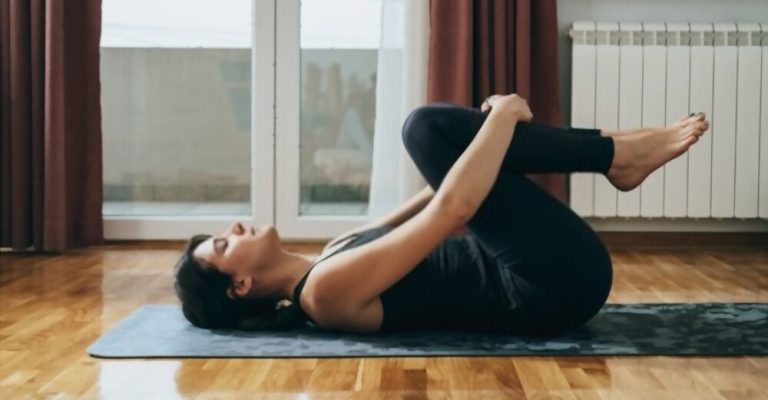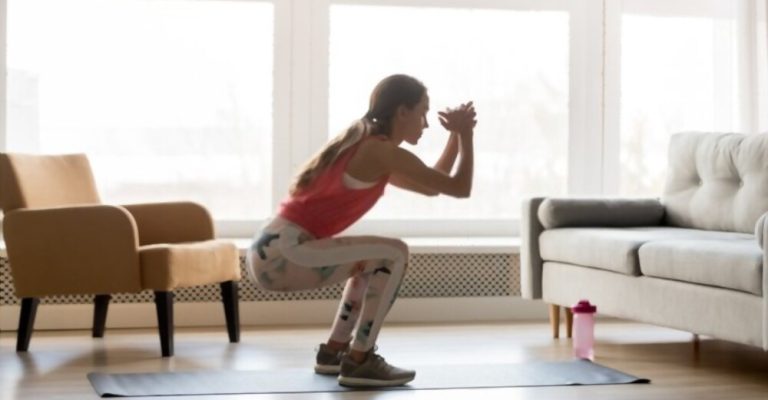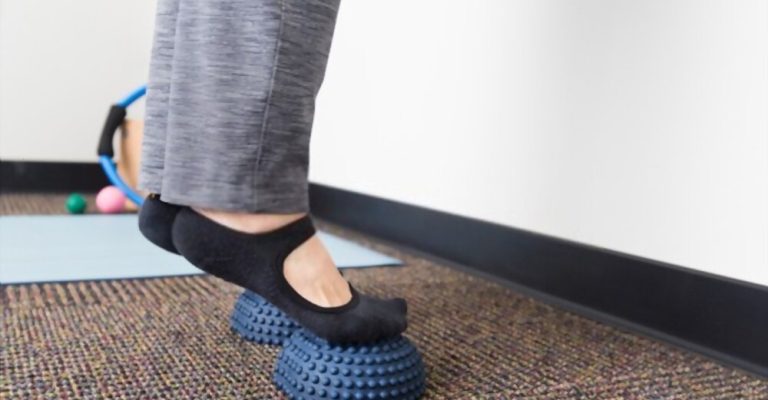
Everyone must be able to walk to navigate their daily lives, from youngsters to older adults. Unfortunately, some people find it difficult due to medical conditions or certain disabilities. If you want to improve your walking ability and maintain mobility throughout your life, gait training exercises may help. In this blog post, we’ll look at what gait training is and how you can use it effectively for improved walking abilities. Whether you’re an athlete or want a better balance in day-to-day movement, these exercises are viable options. Let’s get started!
Gait training exercises improve your ability to walk through various mechanisms that involve the neuromuscular system, balance control, and motor coordination. Here’s a more detailed explanation of the actual mechanisms behind how gait training exercises improve walking ability:
Gait training exercises stimulate neuroplasticity, the brain’s ability to reorganize and form new connections between neurons. Through repeated practice, these exercises promote motor learning by reinforcing neural pathways associated with walking. This allows the brain to adapt and optimize motor control, improving walking ability.
These exercises specifically target the muscles involved in walking, such as the leg, hip, and core muscles. Engaging in activities that strengthen these muscles increases their ability to generate force and provide stability during walking. In addition, improved muscle strength and coordination contribute to a more efficient and controlled gait pattern.
Balance exercises challenge the body’s ability to maintain stability during walking, improving the muscles and joints’ coordination in maintaining balance while in motion. Proprioception, the sense of body position and movement, is also enhanced through gait training exercises, leading to better awareness and control of limb positioning during walking.
These exercises focus on refining motor control and coordination of the arms, legs, and trunk. In addition, these emphasize the timing, sequencing, and synchronization of movements involved in walking. As a result, you develop a smoother and more efficient gait pattern by practicing these coordinated movements.
Gait training exercises often include stretches and movements that target joint mobility and flexibility. For example, you can achieve a more natural and fluid walking motion by increasing the range of motion in joints, such as the hips, knees, and ankles.
Regular gait training exercises improve cardiovascular fitness and endurance. Walking is a cardiovascular activity, and by engaging in targeted practices, you can increase your heart rate, respiratory capacity, and overall endurance. Improved cardiovascular fitness allows for more extended periods of walking without fatigue.
These mechanisms work together to optimize the neuromuscular system and improve overall walking function.

The legs are the primary focus of most gait-training activities, although the arms and core are also necessary. The feet, trunk, and even arms must work harmoniously to walk.
In order to enhance your stability and coordination when walking, this list of gait workouts will work on all of the major muscle groups. In addition, try these gait conditioning exercises to strengthen your legs and improve your walking.
Side leg raises can play a beneficial role in improving gait and walking ability. Side leg raises primarily target the hip abductor muscles, including the gluteus medius and gluteus minimus. These muscles lift the leg to the side and stabilize the pelvis during walking. Strengthening these muscles helps to maintain proper alignment of the hips and pelvis, which is crucial for an efficient gait pattern.
Start by lying on your side with your legs extended to perform side leg raises. Keep your leg straight, and slowly lift it towards the ceiling as comfortably as possible. Hold briefly at the top, then slowly lower the leg back down. Repeat this movement for the desired number of repetitions.
When it comes to repetitions, it’s essential to start at a manageable level for your fitness level and gradually increase over time. A general recommendation is to begin with, 10 to 15 repetitions on each side and gradually work your way up to 2 to 3 sets of 15 to 20 repetitions. Remember to listen to your body and adjust the repetitions based on your needs and capabilities.
Engaging in knee-to-chest exercises provides several notable benefits for gait and walking ability. First, strengthening the hip flexor muscles enhances their capacity to flex the hip joint, which is crucial for the leg swing motion during walking. This increased strength and flexibility contribute to a smoother gait pattern and more efficient movement.
Furthermore, knee-to-chest exercises aid in stretching and alleviating tension in the hip and lower back, promoting overall improved mobility and minimizing any discomfort that may hinder walking ability. These exercises engage the hip flexor muscles, such as the iliopsoas and rectus femoris.
To perform knee-to-chest exercises, lay flat on your back with both legs extended. Gradually bend one knee, bringing it towards your chest while maintaining control and stability. You can use your hands to pull the knee closer to your chest if needed gently.
Hold this position for a few seconds, allowing for a significant hip and lower back stretch. Then, slowly lower the leg back down to the initial position and repeat the movement with the opposite leg. Ensure that you execute the exercise deliberately and controlled, focusing on the sensation of the hip flexor muscles stretching and contracting.
Determining the appropriate number of repetitions should consider your current fitness level and any guidance a healthcare professional or physical therapist provides. As a general guideline, commencing with 10 to 15 repetitions for each leg is an appropriate starting point. Then, increase the number of repetitions over time, gradually progressing to 2 to 3 sets of 15 to 20 repetitions as your strength and flexibility improve.
Flamingo Stands exercise is a popular physical therapy technique proven to help improve gait and walking ability. This exercise involves standing on one leg, with the other leg bent at the knee and raised off the ground. The exercise aims to improve the strength, balance, and stability of the legs and core muscles.
The exercise is particularly beneficial for individuals who have suffered from a stroke, have had hip or knee replacements, or have experienced a decrease in their mobility due to aging. In addition, the Flamingo Stands exercise can improve gait by strengthening the muscles that support the joints, providing better balance, and increasing coordination between the brain and the muscles.
The recommended repetition for the Flamingo Stands exercise varies depending on the individual’s current level of mobility and strength. However, most experts suggest starting with ten repetitions on each leg and gradually increasing the number of repetitions as the muscles become stronger.
Furthermore, this exercise is both simple and effective, with many physical therapists incorporating it into their rehabilitation programs. Additionally, one benefit of this exercise is that it can be done anywhere without needing any special equipment, making it an ideal activity for those who want to improve their gait and walking ability quickly.
The exercise involves lifting the heels by standing on the toes and lowering them back down to the ground. Heel raises target the calf muscles, including the gastrocnemius and soleus muscles.
These muscles are crucial in providing the strength and stability for successful walking. In addition, strong calf muscles are essential for push-off during walking and running, contributing to a robust and efficient gait.
Regular heel raises can also improve balance, which is crucial for maintaining stability during walking. Furthermore, the exercise can help to prevent common injuries, such as ankle sprains, by strengthening the ankle joint.
To get the most out of the heel raise exercise, it is recommended to perform three sets of 10 to 15 repetitions, gradually increasing the repetitions over time. Maintaining good form throughout the training is vital, keeping the knees straight and engaging the calf muscles fully.
You may do this fundamental gait training practice regardless of where you sit. The injured leg should first be brought to the chest and set again on the ground. Next, go to the opposite leg and do the same thing. Perform anything from 20 to 30 reps.
Keep your spine erect and your movements under control. Hold your breath for a few seconds at the peak to increase the difficulty. Throw in some arm and leg swings, chair-style, so it seems like you’re moving in still.

Regular gait training activities can enhance your stamina, flexibility, balance, and coordination, which are essential for avoiding falls following a stroke. A regular exercise regimen designed for rehabilitation can allow you to walk again and resume your previous activity level.
You may assist your brain remodel by engaging in lots of repetitions of certain activities. For example, if you want to become better at coordinating and balancing, you need to work on your core as well as your legs. Booster methods, like electrical stimulation, can accelerate the process even more. Regaining mobility and independence after a stroke is possible with the help of these strategies.